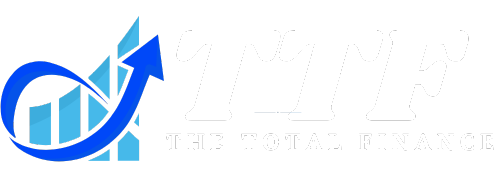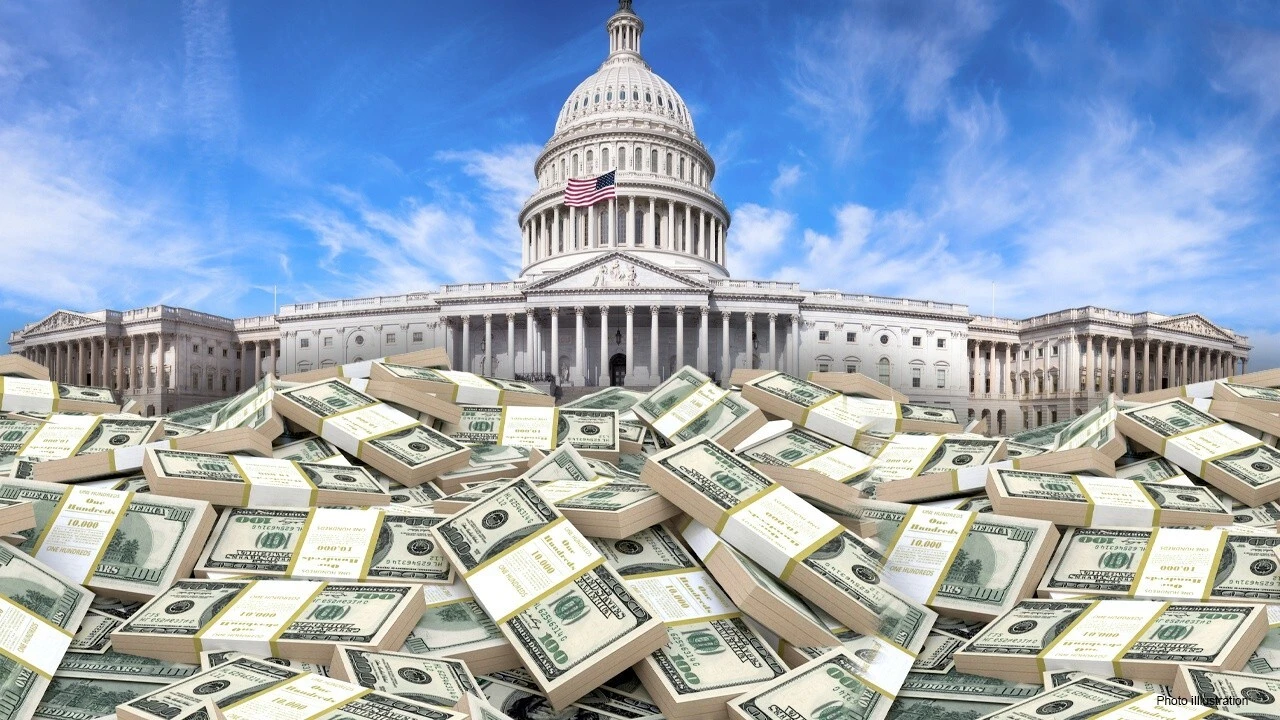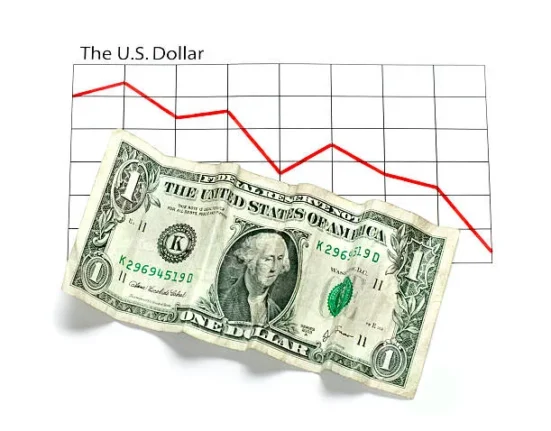The US is currently in trouble with its government debt, as the federal deficit for 2024 is expected to reach almost $1.9 trillion. Overall, the rising government debt does not remain only on paper or the balance sheet; it significantly impacts the economy, financial markets, and the common citizen. With the deficit increasing, the effects are being felt on the bond market as Treasury yields reached the highest level in decades. To assess the threats and opportunities of the government debt, federal deficit, and treasury yields, it is crucial to understand their interaction.
The Growing Federal Deficit and National Debt
The structural deficit, by which the expenditure of the government is more than the amount of revenue collected, has also risen in the recent past. For 2024, the Congress and the President expect the budget deficit to stand at nearly $1.9 trillion, 24 percent higher than the prior year. This has led to the emergence of an extensive national debt of more than $36 trillion, and the debt is still rising, considering that spending exceeds the revenues in many years. The major cause for such an increase in government debt is the inability to balance given fiscal expenditures with corresponding taxation, which created structural problems in the financial management of this country.
We are all aware that this debt, which continues to rise day by day, is not a new thing in the government. The hikes in the US debt have been observed in the period of military confrontations or emergencies, although they have declined in the following years. Yet, after the 1960s, the US has been on an upward slope of debt to GDP, which does not indicate a downward path. The result is a debt impact now large enough to slow economic growth by more than one percentage point a year since 2008.
How Government Debt Drives Treasury Yields Higher
Without doubt, there is an absolutely direct correlation between the government debt and Treasury yields. When the government has deficits in its budget, it has to borrow more by floating treasury bonds. This is because, as the volume of these bonds goes up, the government must offer higher bond yields when there are questions on the sustainability of this kind of debt. Based on the present research, global experiences indicate that an average increase of government debt by 10% leads to an average increase in ten-year Treasury yields of about 60 basis points, and for the US, an increase of 100 basis points.
This rise in bond yields is not just a theoretical one. The remarkable increase in interest rates saw the ten-year Treasury note yield rise to 4.58% in 2025 from less than 3.9% in the previous week. The yield on the 30-year Treasury bond also reached its highest level since 2023 as investors’ concern over the U.S. government’s capacity to address its indebtedness deepened. These high yields are an evident indication that investors want to be compensated more for the perceived risks of holding an obligation in the US.
The Debt Impact on the Economy and Financial Markets
As presented above, higher treasury yields have numerous implications on many occasions. For the government, it means increased costs of borrowing through the national debt, which has been hitting $1 trillion per year in interest. All these result in a vicious cycle: when interest costs start rising, the government has to borrow more to finance the same, hence increasing the debt burden and, in the process, exerting more pressure on yields.
From the economic perspective, higher bond yields translate to higher interest rates for borrowing for both consumers and business entities. Housing finance costs, vehicle finance costs, and credit card costs are all interlinked with the Treasury yields, and therefore, if yields move up, then the costs of financing for households as well as companies will also go up. It can slow economic activity, it retards growth and progress, and it can potentially push the economy into a status of recession if the situation is severe enough.
Furthermore, what is most worrisome is that the increase in bond yields is a symptom of a deeper level of credit risk. People are gradually starting to wonder about the viability of the US debt front, and if confidence decreases at a faster rate, then it may worsen to a full-fledged deficit crisis. In such a situation, the government may get even higher interest rates on borrowings or may have to venture into a difficult debt rollover exercise, giving rise to a fiscal crisis.
Why the Deficit Crisis Matters Now
Critics of the use of deficit budgeting by the US have been informed by the fact that the dollar is the world’s reserve currency and that investors consider the US a haven to invest their money. However, this view fails to consider the direct and rapidly accumulating costs of high government debt. Actual signs of debt burden are evident in reduced economic growth, increased interest burden, and a higher level of financial risk. If the government continues to postpone making the necessary changes to effectively balance the budget deficit, then the outcome will be.
It is even more delicate today because major central banks, including the Federal Reserve, have started undoing what was done in the previous years through the process of quantitative easing by selling the government securities known as quantitative tightening. That takes away a big source of demand for US debt, which makes it even more challenging for the government to fund its deficits, more so if it’s to avoid raising bond yields.
Bottom Line
Solving the government debt management issue will not be an easy task and will entail key provisions. There is now a need to cut expenditures or raise revenues and ensure the budget deficit is checked to address the issue of the national debt. If no actions are taken, the threats are rather to remain, intensify, and become a potential threat to the US economy and financial systems.
Consequently, it can be argued that the $1.9 trillion federal deficit is not just a mere number but an indication of a potential collapse of government debt. Future consequences of the increase in Treasury yields concerning borrowing costs and economic growth are being felt now, but they will be even more severe if these tendencies persist. It is high time to address the issue of government debt before it fully blows up in a crisis.








